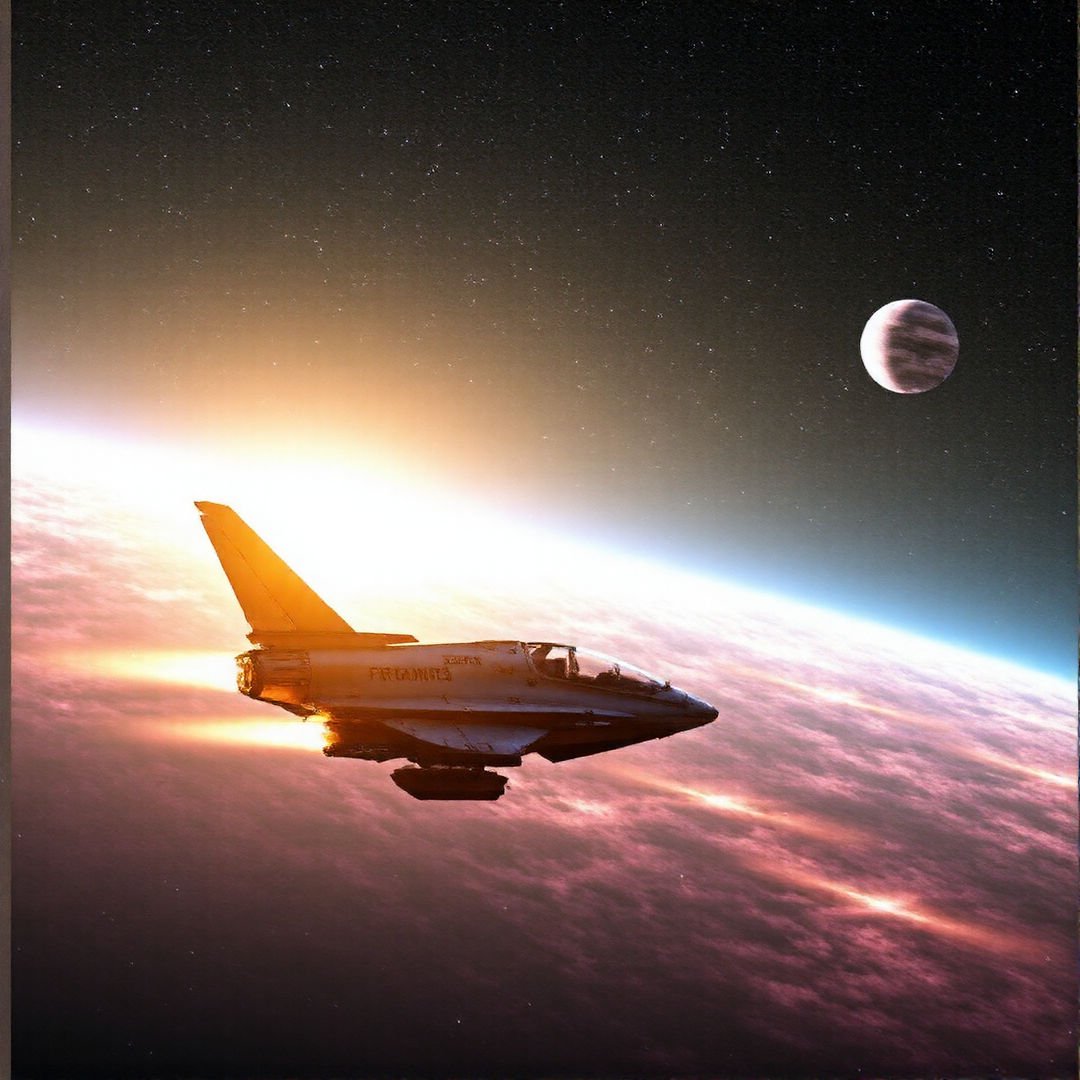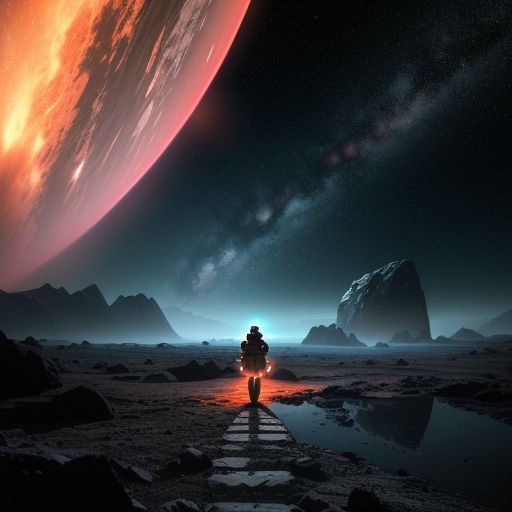Dive Into The Cosmic Thrill Ride That Redefined Space Travel
The Enduring Legacy of 2001: A Space Odyssey in Space Travel Storytelling
Few films have shaped the imagination of space exploration quite like Stanley Kubrick’s 1968 masterpiece, 2001: A Space Odyssey. More than five decades since its release, this revolutionary film continues to captivate audiences with its visionary depiction of space travel, blending mystery, philosophy, and cutting-edge (for its time) special effects. Its influence extends beyond cinema into the realms of science, technology, and popular culture, inspiring generations to dream about humanity’s future among the stars.
Kubrick’s dedication to authenticity and scientific accuracy set a new standard for how space travel could be portrayed on screen. Instead of relying on simplistic action sequences, 2001 embraced a slow, contemplative pacing to communicate the vastness and solitude of outer space. Through this approach, the film invites viewers to reflect on mankind’s place in the universe, raising questions about evolution, artificial intelligence, and cosmic destiny.
How 2001: A Space Odyssey Revolutionized Our Perception of Space Travel
Visual Realism and Technical Innovation
Stanley Kubrick and his team collaborated extensively with experts from NASA and other scientific institutions to create a visually believable depiction of space travel. The film’s attention to detail was groundbreaking:
– The iconic scenes of zero-gravity movement were achieved through innovative rotating sets and harness systems, giving a realistic portrayal of weightlessness.
– The spacecraft designs were influenced by real aerospace engineering concepts, including precise control cabins and centrifuge-based artificial gravity.
– Sound design was revolutionary: since space is a vacuum that doesn’t carry sound, Kubrick famously omitted background noise inside space scenes, reinforcing the eerie silence of the cosmos.
These elements collectively crafted a believable experience of space travel that had rarely been seen on film until then.
A Thoughtful Portrayal of Human and Artificial Interaction in Space
One of 2001’s most memorable aspects is the relationship between the crew and HAL 9000, the sentient computer overseeing the Discovery One mission. HAL’s calm, human-like voice contrasted starkly with his deadly logic, adding a chilling dimension to the space travel narrative.
This portrayal raised early questions about reliance on machines in space exploration—issues that remain highly relevant as real-world missions increasingly depend on automation and AI. HAL’s malfunction and the crew’s subsequent struggle underscore the complexities of man-machine interactions in the unforgiving environment of space.
The Symbolism and Philosophical Depth of Space Travel in 2001
The Monolith: Catalyst of Evolution and Exploration
Central to the film’s mystique is the enigmatic black monolith. Its appearance marks significant leaps in human evolution, from early hominids to the technological future humanity embarks on. This symbol acts as a cosmic trigger, suggesting that space travel and human advancement are deeply intertwined phenomena propelled by forces beyond human comprehension.
The monolith represents the great unknown of space, the mystery that beckons humanity to journey outward while prompting introspection about origins and destiny.
The Star Gate Sequence: A Journey Beyond Physical Space
The film’s finale features a psychedelic “Star Gate” sequence that transcends traditional narrative, visualizing a journey far beyond conventional space travel. This sequence pushes the concept of exploration into metaphysical dimensions, blending art and science fiction to suggest that space travel is simultaneously a physical and spiritual voyage.
By incorporating abstract and non-linear storytelling, Kubrick challenges viewers to embrace the awe and uncertainty that define humanity’s cosmic ambitions.
2001’s Influence on Modern Space Travel Narratives
Inspiration for Real Space Missions and Technology
The film’s commitment to realism inspired engineers and scientists beyond the entertainment world. NASA astronauts and aerospace designers have noted how 2001’s imagery aligns with real spacecraft and mission protocols. The depiction of lunar bases, space stations, and interplanetary vessels anticipated decades of technological progress and guided public enthusiasm for manned space exploration.
Moreover, HAL’s portrayal sparked early dialogue on ethical AI use in critical systems—a topic actively discussed today as space agencies develop autonomous spacecraft operations.
Impact on Subsequent Science Fiction Works
Countless films and TV shows have drawn from 2001’s thematic and visual blueprint. Films such as Interstellar and Moon echo its treatments of isolation, artificial intelligence, and cosmic wonder. The film’s slow, contemplative pacing also opened doors for a more mature, thought-provoking style of space travel storytelling beyond mere action spectacle.
By raising questions about human origins, evolution, and the limits of knowledge, 2001 elevated space travel stories from entertainment to philosophical inquiry.
Behind the Scenes: Fascinating Facts About the Making of 2001
– Kubrick spent over four years developing the film’s script in close collaboration with sci-fi author Arthur C. Clarke, whose novel version was published after the movie’s release.
– The iconic opening sequence featuring prehistoric apes was filmed using trained chimpanzees and actors in costume, blending naturalism with cinematic creativity.
– The “Blue Danube” waltz, now inseparable from space travel imagery, was chosen to accompany the rotating space station scenes to evoke elegance and grace in orbit.
– Kubrick’s perfectionism led to some scenes being shot hundreds of times to achieve the desired slow, methodical effect, contributing to the film’s meticulous portrayal of space travel.
These behind-the-scenes insights highlight the film’s unique fusion of artistry, science, and innovation.
The Enduring Fascination with Space Travel in 2001: Why It Still Matters Today
The continued relevance of 2001: A Space Odyssey lies in its timeless exploration of space travel’s dual nature — as a technical challenge and as a profound human experience. As modern space programs eye missions to Mars and beyond, the film serves as both inspiration and cautionary tale.
Its portrayal of space travel underscores the importance of humility, curiosity, and ethical considerations in humanity’s quest to explore the cosmos.
For anyone fascinated by space travel or the philosophical questions it raises, revisiting 2001 offers rich rewards. It encourages us to ponder not just where we might go in space, but who we might become in the journey.
Explore more on the intersection of space travel and culture at NASA’s official website: https://www.nasa.gov.
Reflecting on these insights, why not dive deeper into the mysteries of space travel yourself? Whether through reading, watching, or engaging with space advocates, you can join the ongoing adventure that 2001: A Space Odyssey so vividly imagined. The cosmos awaits. Are you ready?














Post Comment